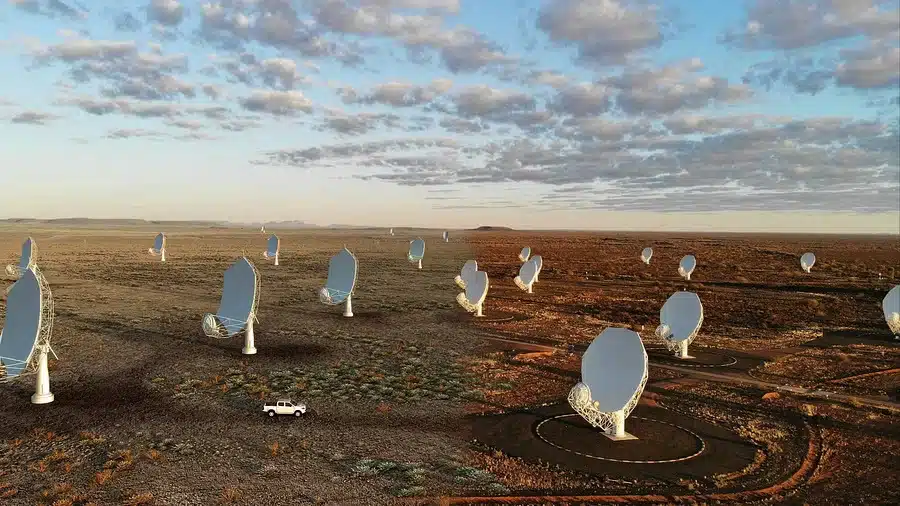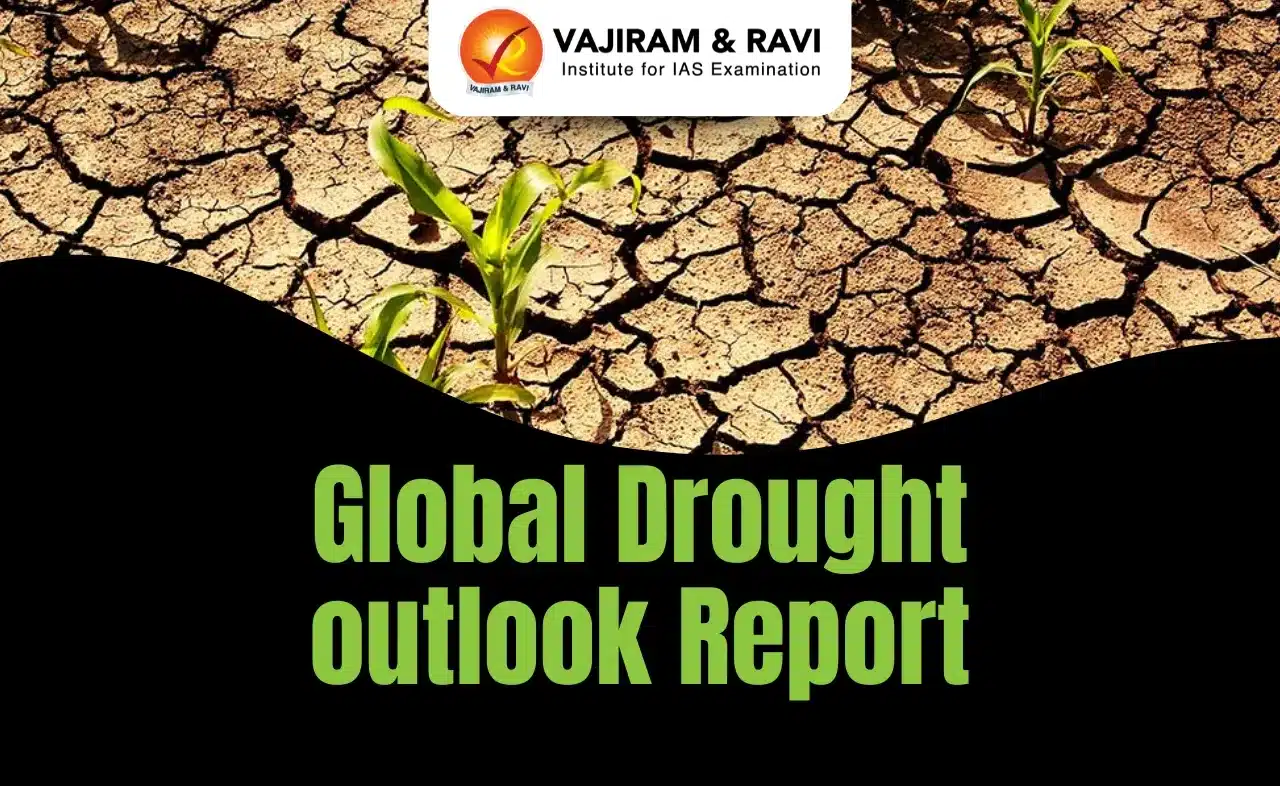About Square Kilometer Array Observatory
- It is a state of the art, mega science international facility to build the world’s biggest and most sensitive radio telescope for addressing a wide variety of cutting-edge science goals.
- The SKAO, collocated in Australia (SKA-Low) and South Africa (SKA-Mid) with operational headquarters in the UK, is expected to revolutionize radio astronomy, while driving the growth of many important new state-of-the-art technologies.
- Other ten countries involved are – Australia, Canada, China, India, Italy, New Zealand, South Africa, Sweden, and the Netherlands.
India and SKAO
- Subsequent to this approval, India will be signing the SKAO treaty to become a full-fledged member of the SKA Observatory and thus join the growing list of countries participating in the project.
- This approval covers funding support for the construction phase of the international SKA Observatory (SKAO) spread over the next 7 years.
- The project will be jointly funded by the Department of Atomic Energy (DAE) and Department of Science and Technology (DST), with DAE as the lead agency.
- The Indian participation in SKA is a truly nationwide, inclusive project led by a consortium of more than 20 academic and research institutes (with NCRA-TIFR as the nodal institute).
- During the design phase of the SKA (2014-2020), India has contributed actively to the project, with a lead role in the successful design of the complex Telescope Manager system.
- In the subsequent early prototyping phase, India was actively engaged in three areas of work namely Telescope Manager package, SKA-Low digital hardware package and Science Data Processor work package.
- Participation in this project will open up possibilities for development of niche skills in Indian industry and research organizations in different areas of next generation technologies, such as modern antenna design, sophisticated cryogenic receiver systems, and high volume optical fibre data transport technology etc.
Q1) What is a Radio telescope?
It is a astronomical instrument consisting of a radio receiver and an antenna system that is used to detect radio-frequency radiation between wavelengths of about 10 metres (30 megahertz [MHz]) and 1 mm (300 gigahertz [GHz]) emitted by extraterrestrial sources, such as stars, galaxies, and quasars. (See radio and radar astronomy.)
Source: India to participate in the international mega science project SKA
Last updated on June, 2025
→ UPSC Notification 2025 was released on 22nd January 2025.
→ UPSC Prelims Result 2025 is out now for the CSE held on 25 May 2025.
→ UPSC Prelims Question Paper 2025 and Unofficial Prelims Answer Key 2025 are available now.
→ UPSC Calendar 2026 is released on 15th May, 2025.
→ The UPSC Vacancy 2025 were released 1129, out of which 979 were for UPSC CSE and remaining 150 are for UPSC IFoS.
→ UPSC Mains 2025 will be conducted on 22nd August 2025.
→ UPSC Prelims 2026 will be conducted on 24th May, 2026 & UPSC Mains 2026 will be conducted on 21st August 2026.
→ The UPSC Selection Process is of 3 stages-Prelims, Mains and Interview.
→ UPSC Result 2024 is released with latest UPSC Marksheet 2024. Check Now!
→ UPSC Toppers List 2024 is released now. Shakti Dubey is UPSC AIR 1 2024 Topper.
→ Also check Best IAS Coaching in Delhi
























